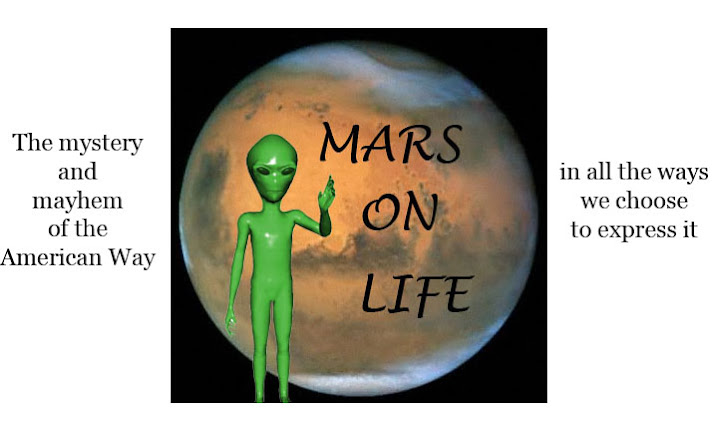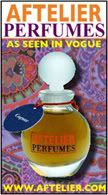By the 1916 debut of British Vogue, fashion illustration had evolved from the concrete to the abstract, from the static to the anecdoctal. The new abstract illustrative aesthetic was the signature style of artists who had trained at the École des Beaux Arts in Paris. So enormous was the style's creative impact that it influenced the world of illustration for two decades . For the rough period from 1908-1930, the technique was used almost exclusively to decorate magazine covers, advertisements, and fashion editorial.
enormous was the style's creative impact that it influenced the world of illustration for two decades . For the rough period from 1908-1930, the technique was used almost exclusively to decorate magazine covers, advertisements, and fashion editorial.
Fashion illustration at the turn of the twentieth century was literal and concrete, giving as much weight to the features and expressions of the model as it did to the garments. The new illustrative trend ultimately demoted the model to a representationally outlined clothes hanger.
Paul Poiret was responsible for the first commercial use of the new style in the fashion arena. In 1908 he hired Paul Iribe to sketch for "Les Robes de Paul Poiret," a folio of the designer's work. Iribe had trained at Beaux Arts, along with Georges Lepape and George Barbier. Poiret felt that Iribe's dimensional reduction would suit Poiret's designs, which  were more strictly geometric than those of the preceding Victorian era. By 1912 the style became the accepted one at the French fashion magazines.
were more strictly geometric than those of the preceding Victorian era. By 1912 the style became the accepted one at the French fashion magazines.
The Beaux Arts (or Deco) style as interpreted by this coterie of artists remained on the cover of Vogue until the early 1930s, when a more natural, nearly photographic cover art began to appear. The Beaux Arts style was approaching the demiurgic, bein g drawn not just by Iribe and his colleagues but also by the American Helen Dryden and the Spaniard Eduardo Benito. Many of the abstract artists began their magazine illustration careers at La Gazette du Bon Ton, a leading fashion magazine of the day. Condé Nast imported this group of artists to Vogue when he became that magazine's publisher.
g drawn not just by Iribe and his colleagues but also by the American Helen Dryden and the Spaniard Eduardo Benito. Many of the abstract artists began their magazine illustration careers at La Gazette du Bon Ton, a leading fashion magazine of the day. Condé Nast imported this group of artists to Vogue when he became that magazine's publisher.
The anti-realism of the style also found a home at the Ballets Russes, where it was drawn by Léon Bakst. Helen Dryden had seen Bakst's costume designs and credited them as influencing her own. When fashion progressed from the heavy skirts of the Victorian era, the strokes of the illustrator became simpler and more figurative. While the illustration started out in the realm of the fantastical and the romantic, towards the final days of the genre it became somewhat tropological. The first example is from a 1916 Vogue cover by E. M. A. Steinmetz (top right). Much weight is given to the dextral parabola of the coat's hem and the outsized fur muff. The illustration highlights the importance of exaggerated shape over exact detail, something also found in Helen Dryden's cover (top left) from the same year.
When fashion progressed from the heavy skirts of the Victorian era, the strokes of the illustrator became simpler and more figurative. While the illustration started out in the realm of the fantastical and the romantic, towards the final days of the genre it became somewhat tropological. The first example is from a 1916 Vogue cover by E. M. A. Steinmetz (top right). Much weight is given to the dextral parabola of the coat's hem and the outsized fur muff. The illustration highlights the importance of exaggerated shape over exact detail, something also found in Helen Dryden's cover (top left) from the same year.
In 1923, a George W. Plank cover (center right) displ ays a more angular stroke despite the actual flow of the garment. This blockier enunciation foreshadows the "Superman" styling of the mid- to late twenties, where the cover art metaphorically addresses man's technological achievements. A prime example of this is the Joseph Platt cover from 1924 (center left), which is almost heroic in nature.
ays a more angular stroke despite the actual flow of the garment. This blockier enunciation foreshadows the "Superman" styling of the mid- to late twenties, where the cover art metaphorically addresses man's technological achievements. A prime example of this is the Joseph Platt cover from 1924 (center left), which is almost heroic in nature.
The apex of abstraction was reached with this 1929 cover (above) by Eduardo Benito, in which strong lines are mirrored in strong colors. The hair is so figurative that in isolation--without framing the face--it is merely a meaningless shape that takes relevance only in context. The face is a flat expanse of modernity, the eyes demonstrating the era's sharp sophistication.
Another example of advanced abstraction is this 1930 "swallows" cover (artist unknown) that may have partially inspired an Erté gouache Seagulls cover from a 1938 Harper's Bazaa
cover (artist unknown) that may have partially inspired an Erté gouache Seagulls cover from a 1938 Harper's Bazaa r.
r.
By 1932, the abstract Vogue cover was being phased out, replaced by a short-lived natural artwork that would soon be eclipsed by photography. When Miriam Hopkins made a celebrity appearance in January 1935, the era of the modern magazine cover had begun.![]()
All images: Vogue cover archive
Thursday, December 27, 2007
Abstract Illustration, 1908-1930
Labels:
Fashion Illustration,
George W. Plank,
Helen Dryden,
Iribe,
Vogue covers
Subscribe to:
Post Comments (Atom)









7 comments:
An engaging, unconventional subject, as ever! This was a really informative and enjoyable read, I've always desired to know more about the covers of the 20s/30s.
DCB.
These are gorgeous! I love fashion history, thank you for sharing!
Do check out the link to the archive. It is well worth seeing!!
When i was very young, maybe i was 11 or 12 years old, i saw an exhibition on Eduardo Benito's illustration in the "Fundacion Mapfre" in Madrid.
Obviously the 95% of the illustrations were fashion related and, being already a fashionista myself, it started my long term love for this designer.
I was very young to have money enough to pay for the catalogue that would cost around $50 of the time so I spent months trying to convince my father to "lend" me the money!! .. he stills remember the story ;) hihi
What a cute story, BB!! Thanks for sharing that--isn't Benito superb?
I will check out the archive!
I always see this covers and never know what to think, how to interpret them because i feel i never have any historical context for this sort of cover art. So thank you!!
Riz, these are only the British covers, which strikes me as odd; why is there not an American archive?
Also, some years are lean, surprisingly so when they are more recent (the eighties).
Still, some covers (although not the great wealth of the British archive) can be found at the Conde Nast store and also through allposters.
Also worth investigating: Vanity Fair, Harper's.
Post a Comment